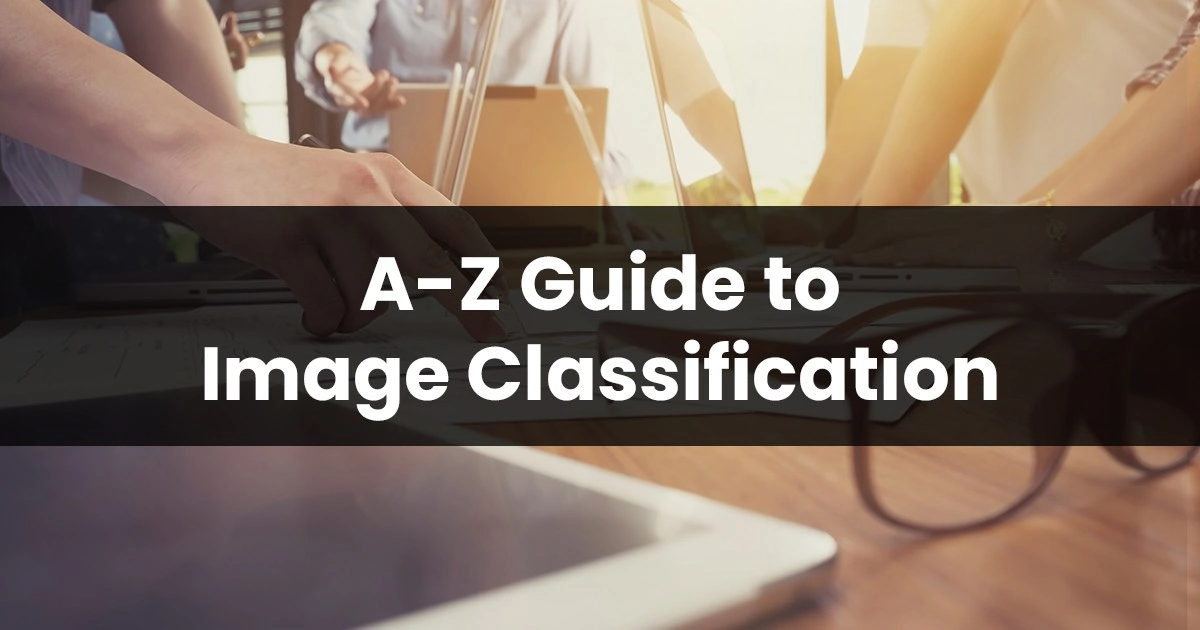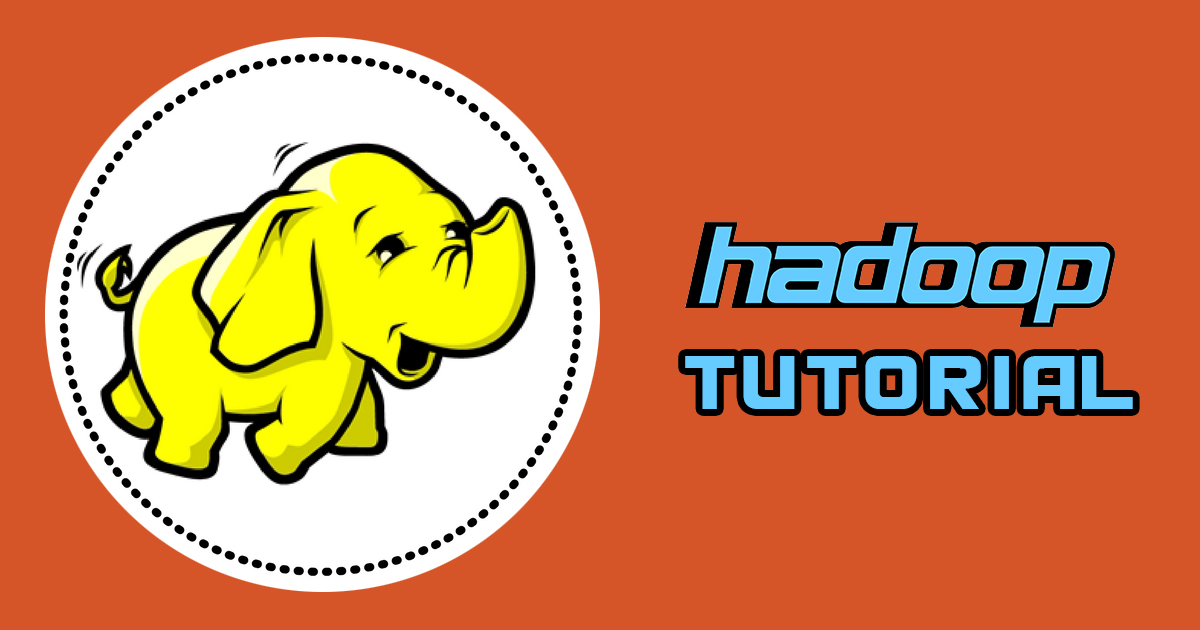Did you know that the image recognition or image classification market is expected to grow to USD 38.92 billion by the year 2021?
We live in a visually appealing and mesmerizing world that displays a range of colors, shapes, forms, textures, and motion. Every human can grasp, integrate, and interpret this visual information depicted around us. Imparting these abilities to a machine so that it can interpret and process visual information in graphics, images, and videos just like humans do, is a task achieved through image classification techniques. However, to achieve that, it is necessary to store, process, transmit and recognize visual information.
In this article, we will discuss precisely that through image classification, its techniques, and methods.
What is Image Classification?
Look at the image given below.

You can immediately tell that it is an image of a tree. If you analyze how and why you were able to answer this visual information almost instantly, then you will realize that you mentally classified the image and came up with an answer. This is what image classification is.
Simple, right? Not really.
Of course, if you have one or even ten images, you can classify these images. But, when you have tens of thousands of images, what will you do?
Think of all the time you may have to spend in processing and image classification. Even thinking about it can be a painful experience. Hence, automation is the answer to analyze and label every image quickly.
Download Detailed Brochure and Get Complimentary access to Live Online Demo Class with Industry Expert.
How is this achieved?
Image classification techniques! One of the simplest examples of image classification being used in the industry right now is self-driving cars. To build a self-driving car, image classification using TensorFlow was the dominant technique. This is because by using this system, the self-driving autonomous system can detect objects, people, and vehicles in front of the car. Let’s see some of the crucial factors involved.
1) Data Gathering
Data gathering is the foundation of image classification techniques. If you have quality and sufficient data, then you can train your algorithm or system well. If you don’t have quality data or enough data, you can’t achieve image identification with efficiency. You can gather data from GitHub, open images on Google, etc.
2) Annotation of Data
Annotation is the next step for image classification using CNN or other techniques. It means labeling your data to access it properly. This is done with the help of keywords such as image, video, etc. There are various methods of labeling data such as polygon, bounding box, semantic, key point, and redaction annotation. You can use tools like VIA, comma coloring, etc.
3) Processing of Data
Data processing is carried out on the data available to make it more accessible. Pre-processing is necessary to make your data effective for the algorithms. You can use various techniques for this step, such as page segmentation technique, image enhancement technique, thresholding technique, character segmentation, or morphological preprocessing.
Technologies Used in Image Classification
Usually, technologies combining artificial intelligence and camera are utilized for it. Here are some of the leading technologies which aid image classification techniques:
1) HOG Technology
The HOG technology or histogram of oriented gradients is a tool utilized to detect objects which are found in a video or image using a feature descriptor. This tool moves a sliding detection window across the image to process the image. Then, the descriptor is processed by a support vector machine, which will then title the object as non-person or person.
2) HAAR Technology
The HAAR technology or High Altitude Aerial Reconnaissance is a tool utilized to recognize objects. This tool takes the adjacent regions in the detection window in a rectangular shape. Then, the tool adds the pixel intensities as calculated of each region and finds out differences in these sums.
Here are some of the HAAR tool features related to image classification:
· Edge feature which is utilized to find edges.
· Four rectangle feature which is utilized to find slanted lines.
· Line feature which is utilized to find lines.
3) Image Classification Using CNN
Image classification using CNN is a part of neural networks. It is one of the most widely utilized methods for image classification, and you will frequently find CNN being utilized for visual imagery in many image identification systems. Essentially, image classification using TensorFlow contains two main components, extraction, and classification. This means that the feature is first extracted and then classified.
How to Build an Image Classification Model?
1) Motivation
There’s always a motivating factor behind every data scientist who wants to understand image classification. This motivation will be your driving force. So, we have utilized this as the first step because it is hard to make a model without motivation.
2) Dataset
Once you are motivated to build an image classification model using CNN, pick your dataset. Your data or images must be of high-quality, as better quality images always help you retain accuracy in your model. If you are taking images from the internet, there is a high chance that your model will not perform as expected. For instance, it will show overfitting.
To solve this issue, you may either use the original source of images or videos or fix the overfitting problem. If you wish to fix this problem, you can decrease the epochs number, tune hyperparameters, etc. It is necessary to note that through these methods, we are trying to create a training set which is similar to our test set.
Further, you also need to upsample your set by data augmentation if you have more images from the source and less from the internet. In many case scenarios, you will have more samples from the internet and less from the source. So, to maintain a balance, utilize a data augmentation tool.
3) Validation Set
It is common to make the validation set with a random sample. The method is extremely simple but not efficient. You can produce leaks in your validation set, which means that your image classification model will remember the background details but not the feature itself.
Some data scientists reduce the chances of a leak by using one type of image for the training set and another type of image for the validation set. However, remember to monitor both training and validation sets carefully to avoid overfitting and leaks.
4) Architecture
Once you have decided on your validation set and training set, you need to finalize a computer vision architecture. Fortunately, there are multiple options, such as SqueezeNet, ResNet, Xception, DenseNet, etc.
For example, if you choose ResNet, it is a simple architecture that is perfect for beginner image classification models. This architecture has more than one ResNet block along with identity blocks, which are arranged on top of one another.
In this architecture of image classification, the outcome is joined with the previous convolution outcome. This means that the architecture automatically tries to figure out the difference in the next and previous layer, which leads to improvement in answers.
5) Training Model
To set up your training model for image classification, you can utilize the Fastai library. You just need to write 4-5 code lines to set up a reliable and robust image classification model using CNN.
Follow these steps for image classification training model set up:
i) Establish an image transformation mechanism. This will help your model to prevent overfitting issues we have been discussing for a while now. However, we have already performed augmentations during upsampling. Hence, try and avoid similar augmentations in this step.
ii) After this, set up your data loader, which will contain a training set, test data, and a validation set. This loader will also include data related to batch size, image transformation, and image size.
iii) Now, only finetune your last layer and don’t touch other layers. This will help you get reasonable results before finetuning all the layers. You should keep high learning rates for the last layer of the image classification technique.
iv) Set up or finetune other layers with a little less learning rate because these layers are already good enough at detecting some features.
6) Model Interpretation
When you are making an image classification model, you need to analyze the predictions of the model to ensure efficiency and correctness. You can accomplish this through various methods such as examine top predictions and plot confusion matrix.
However, sometimes, these interpretations can go wrong. Hence, to interpret your model with accuracy, you can use the Grad-CAM technique.
Firstly, utilize the gradients of target layers to highlight significant regions for prediction classes. Then, use backpropagation to extract positive contributions made to the gradient.
7) Improvements
Lastly, improve. There’s always room for improvement in every model. When you start making your image classification model, you don’t know what could go wrong until you train it and test it. Once you have finally made the model, it is time to improve this model by making modifications.
You can change the architecture to better suit your model, or you can modify your validation set for better results. All these improvements should be made before finalizing your model.
Applications of Image Classification
There are multiple applications of image classification models currently put to use in real-world systems. In this portion, we will discuss some of the applications which use various image classification techniques.
1) Visual Inspection System
An automatic visual inspection model is designed to enhance the quality of products in the manufacturing industries.
Here are the varied applications of image classification automatic visual inspection model:
i) Image classification can be used in bulb manufacturing. It is common for bulb filaments to fuse due to faulty geometry. Manual inspection is not sufficient to catch this error with accuracy.
ii) An automatic visual inspection model is also used in industries to identify faulty components. Since these faulty components of electronic systems radiate more thermal power, industries detect them using the infrared images.
iii) Image classification techniques are also used in detecting errors on the surface of rolled metal.
2) Remote Scene Interpretation
Various image classification techniques can be implemented to sense scenes of natural resources remotely. For example, understanding the situation and conditions of forest, soil, and other geological resources helps in flood control, resource planning, etc.
3) Biomedical Imaging
It is common for us to get CT scans, ultrasounds, etc. All these imaging devices are based on image classification models.
For example, when we go for an MRI or CT-scan, the following steps are conducted by the machine:
i) Localizing the organ of interest
ii) Measuring objects such as a tumor
iii) Diagnosing the object for further evaluation
Various types of biomedical imaging can be used in the medical industry, such as heart disease identification through radiographic images and lung disease identification through chest x-rays.

4) Defense Surveillance
Defense surveillance is a significant area of image classification. In every country, there is a dire need for monitoring the ocean or land area. Manually achieving this is practically impossible.
Hence, image classification is utilized to monitor the sea and land to a great extent and accuracy. Any unusual activity can be immediately detected, monitored, and rectified.
5) Tracking Moving Objects
Image classification can track moving objects to understand the parameters of the object. You can achieve this through motion-based and recognition-based tracking.
When we need to track fast-targets such as a missile, then we utilize motion-based tracking such as extended Kalman filtering.
In recognition-based tracking, successive frames are tracked using position information.
6) Video and Image Compression
Image and video compression is another significant benefit. With the increasing demand for storage and the ease of storing visual information, there is a need for compression technology.
Think about it; it would be exceedingly hard to transmit uncompressed media over the internet today.
Conclusion
Image classification is an important technique that you can utilize in various real-world applications. Hence, you need to invest your time and resources in building applications that may deliver value to users. Read the above data to gain some basic knowledge of how you can start building your own image classification model.
Are you inspired by the opportunity of Image Classification and Machine Learning? If you decide to learn Machine Learning, you will have ample job prospects in numerous industries. Enroll in Digital Vidya’s Machine Learning Course today!









I enjoyed this article very much. There were a lot of ideas for me to think about.